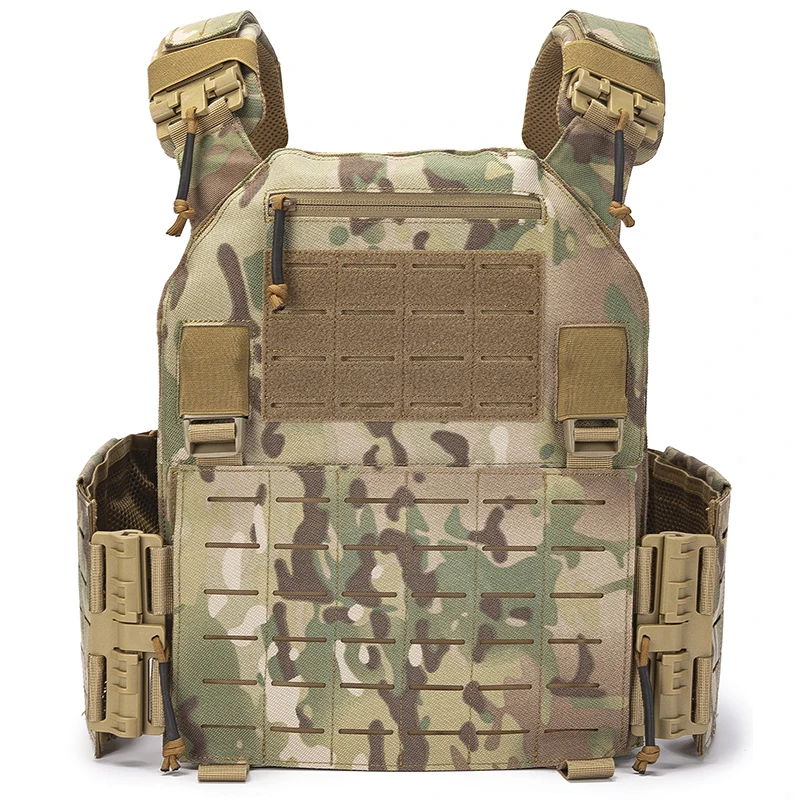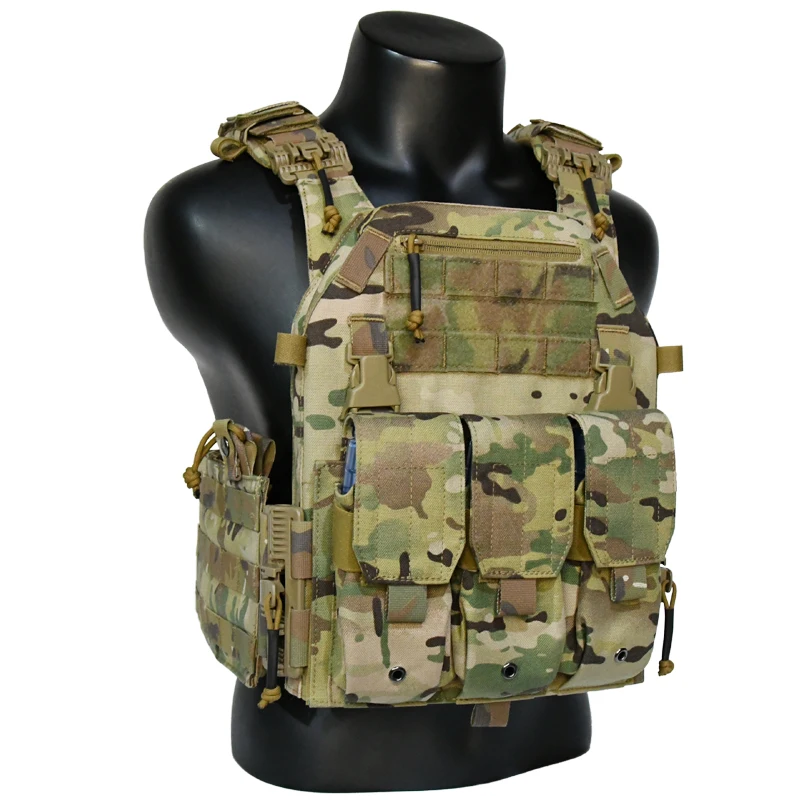Tactical Gear
PRODUCTS
Tactical Gear For Law Enforcement Use
Body Armor and Ballistic Protection
At the forefront of tactical gear is body armor. This essential piece of equipment offers vital protection against ballistic threats, ranging from handgun rounds to high-powered rifle fire. Different levels of protection exist, categorized by their ability to stop specific calibers of ammunition. Officers typically wear soft body armor, which is lightweight and flexible, suitable for everyday wear. However, in high-risk situations, hard plate armor may be added for enhanced protection against rifle fire. The design and material of body armor are constantly evolving to improve its effectiveness while minimizing weight and maximizing comfort for extended wear.
Beyond the armor itself, advancements in materials science continually improve ballistic protection. New materials are lighter, more flexible, and offer superior protection compared to older generations of body armor. Research into trauma plates and innovative layering techniques continues to refine the design, seeking a balance between optimal protection and officer mobility. The integration of advanced technologies, such as sensors embedded within the armor to monitor vital signs and impact levels, further enhances officer safety.
Firearms and Weaponry
Tactical gear extends beyond just protective equipment; it encompasses the weaponry officers use to neutralize threats. This includes a wide range of firearms, from standard-issue sidearms to specialized rifles and shotguns. The choice of firearm depends on the specific threat assessment and the officer's role within the unit. High-capacity magazines, tactical lights, and laser sights are common additions, enhancing accuracy and situational awareness in low-light conditions.
Beyond firearms, less-lethal options are crucial components of a comprehensive tactical arsenal. These include tasers, pepper spray, and impact weapons such as batons and shields. The use of less-lethal options allows officers to de-escalate situations and apprehend suspects while minimizing the risk of serious injury or death. The strategic deployment of both lethal and less-lethal options is a critical aspect of modern tactical training.
Communication and Surveillance Equipment
Effective communication is paramount in tactical operations. Officers rely on radios and headsets to maintain constant communication with their team and dispatch. These systems often integrate GPS tracking, allowing command to monitor officer locations and respond swiftly to incidents. Furthermore, advancements in encrypted communication systems ensure confidential communication and prevent interception by unauthorized parties.
Surveillance technology also plays a significant role. Body cameras provide an objective record of events, aiding in accountability and transparency. Drones are increasingly used for aerial surveillance, providing a bird’s-eye view of situations and enabling officers to assess threats from a safe distance. The strategic use of this technology enables better situational awareness and improves decision-making capabilities during critical incidents.
Other Essential Gear
Beyond the core components, several other pieces of equipment contribute to officer safety and effectiveness. These include tactical gloves, providing enhanced grip and protection, along with specialized boots built for comfort and durability during prolonged operations. Knives, multi-tools, and first-aid kits are also essential for a variety of tasks and emergencies. Even seemingly minor items like high-visibility clothing, flashlights, and tourniquets play a crucial role in maintaining safety and responding to various situations.
The ongoing evolution of tactical gear reflects the constantly changing landscape of law enforcement. Research and development continue to drive improvements in materials, design, and functionality, ensuring that officers have access to the best possible equipment for protecting themselves and the public. The careful selection and proper use of this equipment are vital for maintaining order, ensuring public safety, and upholding the rule of law.
SUBSCRIBE
INQUIRY










